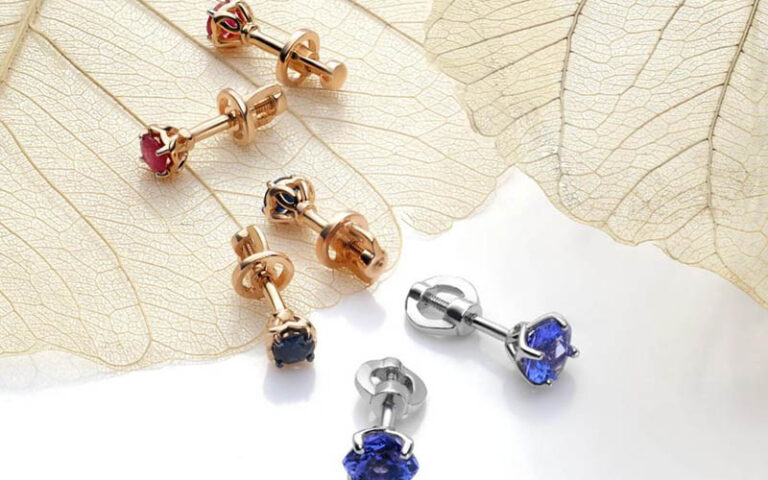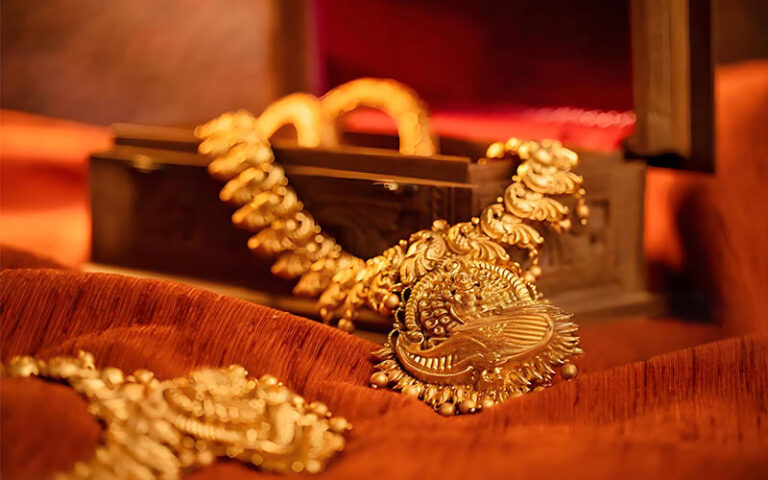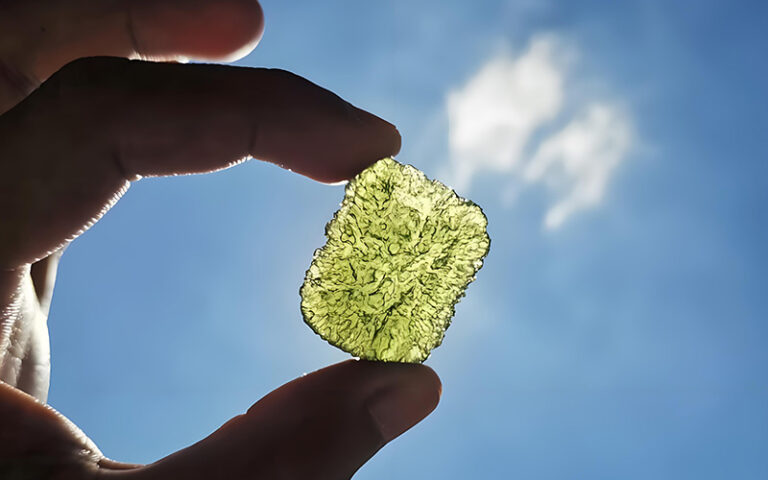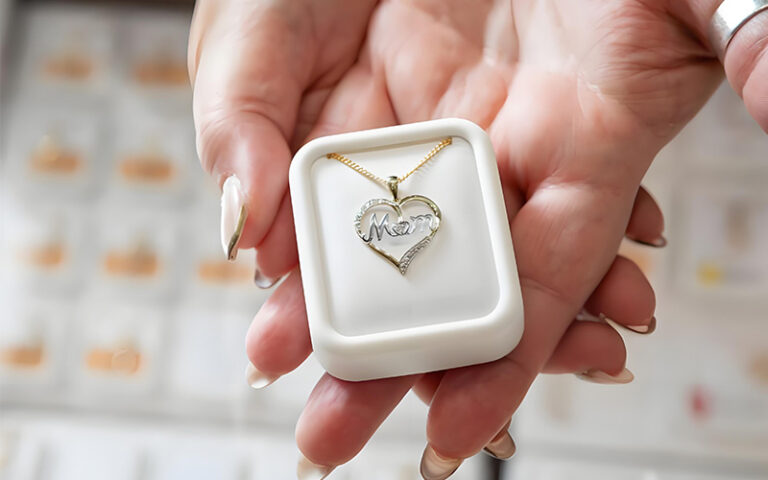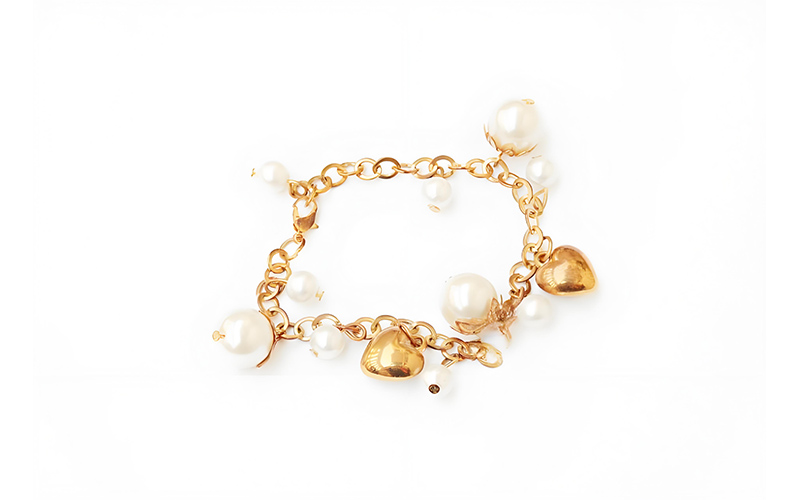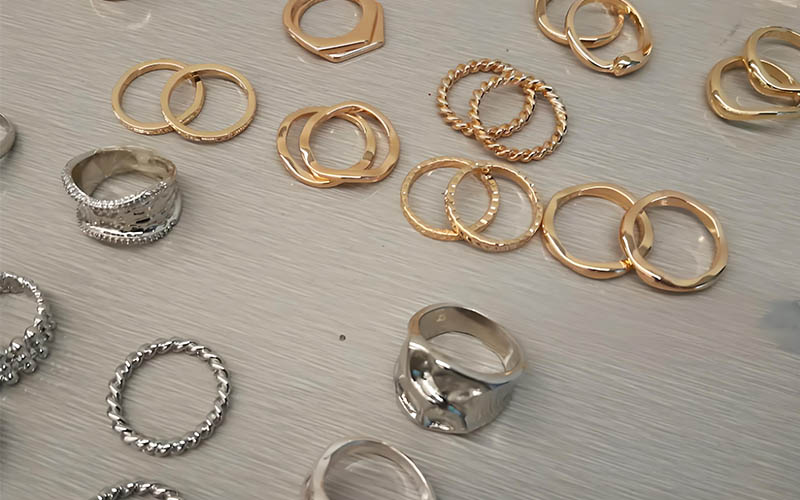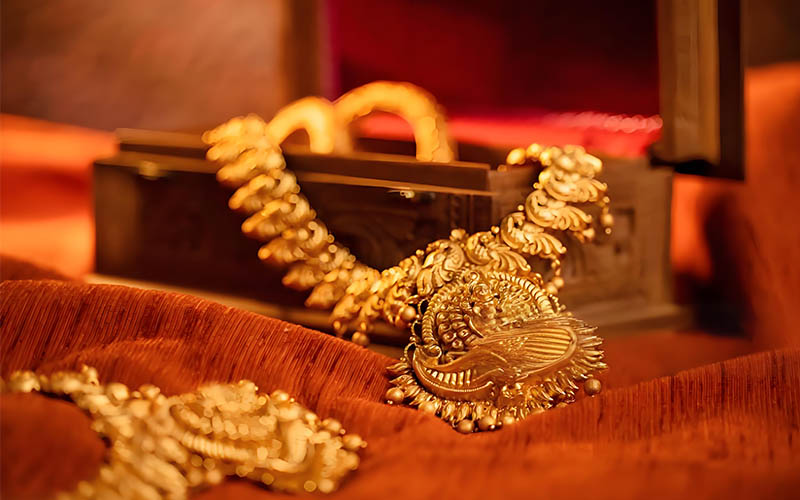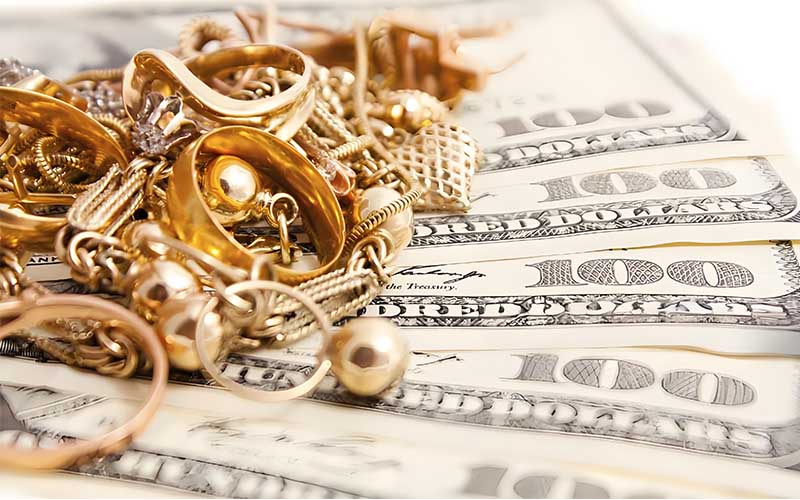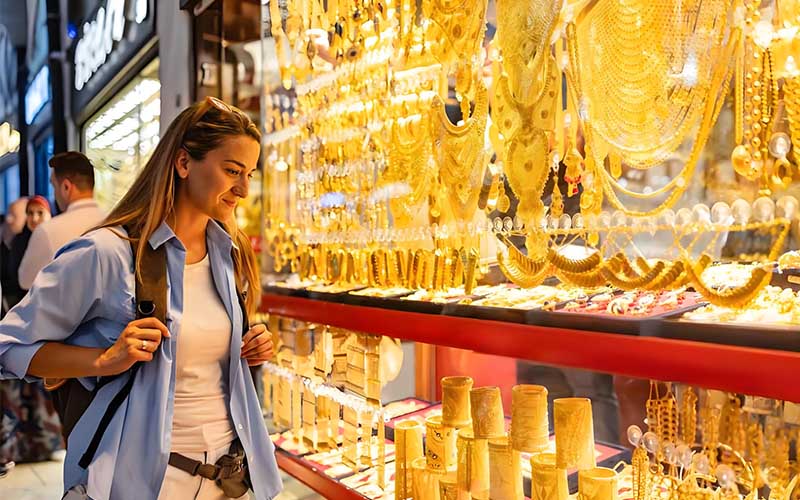
18k Gold or 24k Gold Plated: Which is Better for Your Gold Jewelry?
Hi, I’m here to talk about gold. I’ve been working with gold jewelry for many, many years in my own manufacturing business. A question I get all the time is, “What is better, 18k or 24k for gold plating?” It’s a great question! You want your gold-plated jewelry to sparkle. You want it to last a long, long time. But picking the right type of gold can feel tricky. Are you worried about making the wrong choice for your gold plated items, fearing they might fade or wear out too soon? It’s a common concern, and it can be frustrating to invest in something that doesn’t live up to your hopes.
This article is here to help you. I’m going to share what I’ve learned about 18k gold and 24k gold. We will look at what makes them different. I’ll help you understand which one might be the best pick for your needs, especially when we talk about 18k and 24k options. Why is this article worth your time? Because by the end, you’ll have a much clearer idea about choosing the right gold. You’ll learn how to make smart choices, so you can get beautiful gold jewelry that you’ll love and that will last. My goal is to take the mystery out of it, so you feel confident and happy with your gold-plated jewelry.
Table of Contents
What Does Karat Mean for Gold, and How is Gold Purity Measured?
Let’s start with the basics. You hear the word “karat” a lot with gold. What does it mean? A karat is a way to measure how much pure gold is in a piece of gold jewelry or any gold item. Think of it like a recipe. If a cake has more chocolate, it’s more chocolatey. If gold jewelry has more pure gold, it has a higher karat number. The gold purity is measured in these karat units. The scale goes up to 24k, which is the highest.
So, when you see “k” after a number, like 14k or 18k gold, that “k” stands for karat. A higher number means more pure gold. A lower number means less pure gold and more of other metals mixed in. These other metals are added for good reasons, like making the gold stronger. It’s a bit confusing when you first hear about it. People often ask me, “Does a higher karat always mean better?” It’s not always that simple, especially with gold plated items. Sometimes, you might think you want the highest gold purity, but it might not be the best for how you’ll use the item.
In my manufacturing work, we handle different karat gold types all the time. We know that the gold content really changes how the gold acts. For example, 10k gold has a certain amount of pure gold, while 18k gold has more. Understanding this gold purity is the first step in choosing the right gold. We help our customers understand this, so they don’t end up with something that isn’t right for them. We make sure they know the percentage of pure gold they are getting.
Why is 24k Gold Called Pure Gold?
Now, let’s talk about 24k gold. When you hear 24k, it means you are talking about pure gold. It is 100% gold. Well, very, very close to it, like 99.9% pure. This is the purest form of gold you can get. There are no other metals mixed with 24k gold. Because it’s so pure, 24k gold has a very bright, rich yellow gold color. This is the color of pure gold.
Many people love 24k gold because it is pure gold. They feel it is the best type of gold. And in some ways, it is! It has the highest gold content. But, there’s something important to know about 24k gold: pure gold is very soft. Think about it like soft clay. You can bend it and scratch it easily. This is a big reason why 24k gold is pure gold but not always used for everyday things. If you had a ring made of solid gold that was 24k, it might get damaged fast.
I’ve seen folks who want 24k gold for everything because they think “purest is best.” The problem is, they get upset when their 24k gold plated item scratches easily if the gold layer is substantial and they are rough with it. While 24k gold is the purest, its softness can be a downside. We make sure to explain that if someone wants the look of pure 24k gold, the way the item is used matters a lot. For items that don’t get bumped much, 24k gold plating can be beautiful.
What Makes 18k Gold So Good for Gold Jewelry?
So, if 24k gold is so soft, what about 18k gold? 18k gold is very popular for gold jewelry, and for good reason. 18k gold is made of 75% pure gold. The other 25% is made of other metals. These metals could be copper, silver, or zinc. Why mix other metals with pure gold? These other metals make the 18k gold stronger. It makes it more durable. This means jewelry made with 18k gold can stand up to everyday wear much better than 24k gold.
The gold used in 18k gold still gives it a rich, beautiful yellow gold color. It’s not as bright yellow as 24k gold, but many people like the warm color of 18k gold. It still has a high amount of gold, so it looks and feels like luxury. You get a lot of that lovely pure gold look, but with added strength. This makes 18k gold a great choice for things like rings, bracelets, and necklaces that you might wear often. The mix of beauty and toughness is why 18k gold is often used in fine jewelry.
In my experience, many customers are looking for that perfect balance. They want the beauty of real gold but are worried their gold jewelry might get damaged. This is where 18k gold shines. We often recommend 18k gold plating for customers who want a rich gold look that is also practical. The “gold and 25” part (meaning 25% other metals) is key to its better wear. When we do 18k gold plated work, we ensure the gold layer is good and strong, offering a fantastic mix of beauty and durability. It’s a popular gold for rings and other items.
Is There a Big Difference Between 10k, 14k, 18k, and 24k Gold?
Yes, there is a big difference between these types of gold! The main difference is the amount of gold in them. Let’s break it down. We know 24k gold is almost 100% pure gold. 18k gold is 75% pure gold. What about 14k gold and 10k gold? 14k gold has about 58.3% pure gold. (You might see this as “gold and 58.3”). The rest is other metals. And 10k gold has about 41.7% pure gold (or “gold and 41.7”). This is the lowest karat that can still be called “gold” in the US.
So, as the karat number goes down, the gold content also goes down. This means 10k gold has less pure gold than 14k gold, and 14k gold has less than 18k gold. This lower gold content affects a few things. First, the color. 10k gold and 14k gold will not be as rich yellow as 18k gold or 24k gold. The color of 14k gold is a bit paler. Second, durability. Because 10k and 14k gold have more other metals, they are usually stronger and more resistant to scratches than 18k gold. And all three (10k, 14k, 18k) are much stronger than 24k gold.
Many people feel stuck trying to pick the difference between 10k, 14k, 18k, and 24k gold. They worry that if they pick a lower karat like 14k, it won’t look like “real gold.” Or they worry that if they pick 24k, it will break. This is a common problem. At our company, we guide people. We explain that 14k gold is a very popular choice for gold jewelry because it’s strong and still looks beautiful. We offer a complete range of gold plating options, including 14k gold plating, so customers can choose what’s best for their budget and how they’ll use the item. For instance, 14k and 18k gold are both great options.
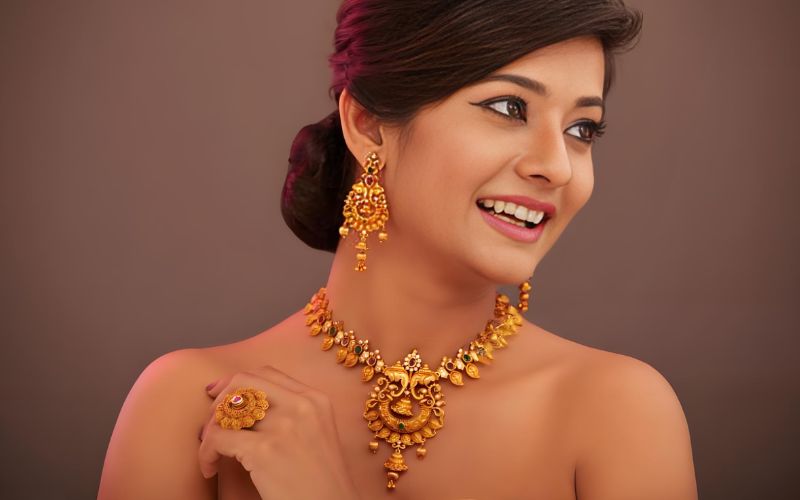
How Does Gold Plating Work, and What Types of Gold Can Be Used?
Gold plating is a really neat process. Gold plating is a process where a thin layer of gold is put onto the surface of another metal. This other metal is often something like brass, copper, or silver. Think of it like painting, but with real gold! It gives the item the look and feel of solid gold, but it is much more affordable than solid gold. This is because you are using much less gold overall.
How do we do it? Usually, it involves electricity. The item to be plated is put into a special liquid, a solution containing gold. Then, an electric current helps move tiny bits of gold from the solution onto the item, bonding a layer of gold to a base metal. We can control the thickness of the gold layer. A thicker gold layer will usually last longer. We can use different types of gold plating, like 14k gold plating, 18k gold plated, or even 24k gold plating. The type of gold used will affect the color and how soft the plating is.
I remember when I first started, some people thought gold plated meant “fake gold.” That’s not true! It is real gold, just a layer of it. The challenge is that if the gold plating is done badly, or if the layer of gold is too thin, it can wear off. This makes people unhappy. That’s why, in my business, we focus on quality. We make sure the gold layer is just right for what the customer needs. Gold plating offers a way to have beautiful gold items without the high cost of solid gold. We work with 14k, 18k gold, and 24k gold for plating.
When Should You Pick 24k Gold Plating for Your Items?
So, when is 24k gold plating the right way to go? Remember, 24k gold is pure gold. It has that super bright, rich yellow gold color that nothing else can match. If you want the purest form of gold used for its look, 24k gold plating is a great choice. It gives your item the most “golden” gold appearance possible. This level of gold purity is unmatched.
However, we also know 24k gold is quite soft. So, 24k gold plating is best for items that will not get a lot of rubbing or bumping. Think about things like earrings that don’t get touched much, or a special pendant you only wear sometimes. Or maybe an award or a display piece that just sits and looks pretty. For these kinds of items, the softness of 24k gold is less of a problem. The beauty of the pure 24k gold can really shine.
I’ve had clients who insist on 24k gold for a gold ring they plan to wear every day. The problem is, even as a plating, the pure 24k gold surface can scratch or dent more easily than a lower karat gold. They might be disappointed when it shows wear quickly. So, we talk it through. If the look of 24k gold is the purest form they desire, and they understand it needs gentle care, then it can be a solution. We can also apply a very specific thickness of the gold to help, but the nature of 24k gold itself doesn’t change.
Why Might 18k Gold Plating Be a Smarter Choice Sometimes?
Now, let’s think about 18k gold plating. Why might this be a better pick for many people? As we said, 18k gold is 75% pure gold mixed with other metals. These other metals make the 18k gold stronger and more durable. So, if you are plating something that will be worn a lot, like a watch, a bracelet, or an everyday gold ring, 18k gold plating is often a very smart choice. It can handle more wear and tear than 24k gold plating.
18k gold plating still has a beautiful, rich yellow gold color. It looks very luxurious because it has a higher gold content than 14k gold or 10k gold. But it’s tougher than 24k gold. So you get a great mix: a lovely gold look and better durability. This makes 18k gold plated items very popular. They are good for everyday wear and still look very special. For many rings and other wearable jewelry, 18k gold is a fantastic option.
Many of my customers are looking for this balance. They want their gold-plated jewelry to look amazing, but they don’t want to worry too much about it getting scratched right away. This is where 18k gold really helps. We often recommend 18k gold plating because it gives that beautiful deep gold color but gold is more durable than 24k. We ensure a good gold layer is applied, so it lasts. It’s often the answer to “what type of gold is best for items that see regular use but still want that high-karat look?” We often use 18k gold for our fine jewelry plating.
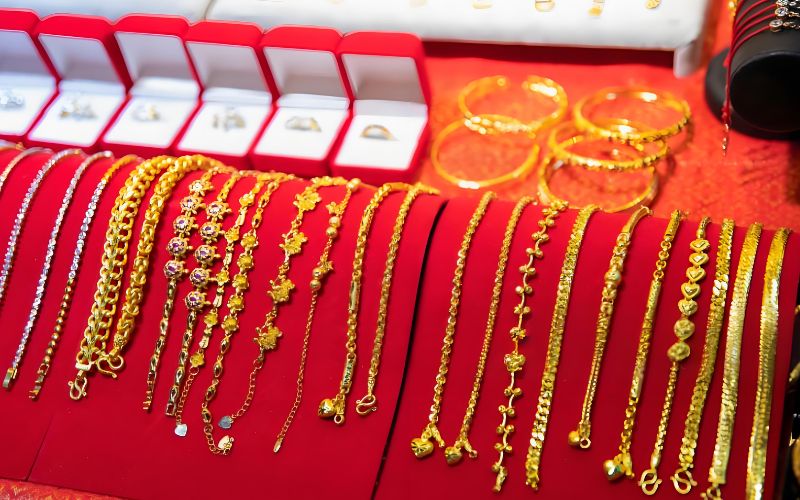
Can You See a Difference in How 18k and 24k Gold Plated Pieces Look?
This is a good question! Can you really tell the difference in the gold appearance between an item with 18k gold plating and one with 24k gold plating? Yes, often you can, if you look closely. 24k gold has a very intense, bright, almost orangey-yellow color. This is because it’s pure gold. It has a very distinct look. Gold is the purest form in 24k.
18k gold, because it has other metals mixed in (25% of them), will have a slightly softer, warmer yellow gold color. It’s still very rich and definitely looks like high-quality gold, but it might not be as intensely yellow as 24k gold. The exact color of 18k gold can also change a tiny bit based on the other metals used in the mix. For example, more copper can make it a bit rosier. Most people find the color of 18k gold very pleasing.
I’ve shown people items plated with 18k gold and 24k gold side by side. Some people can see the difference right away. Others find it harder to tell unless they are really looking for it. The fear of choosing the right gold color is real. People worry it won’t look “gold enough.” But both 18k and 24k look very much like real gold! The 18k or 24k choice often comes down to how much that very bright 24k color matters to you, versus the extra durability of 18k gold. We can show samples to help you decide.
What About Colors Like Rose Gold or Yellow Gold in Plating?
We’ve talked a lot about yellow gold. But you also see rose gold and even white gold in gold-plated jewelry. How does that work? The color of the gold in plating comes from the type of gold alloy used. An alloy is a mix of metals. For classic yellow gold plating, the gold layer is made from an alloy that keeps that sunny yellow color. This is true for 14k, 18k gold, or even 24k gold (which is naturally very yellow).
To get rose gold, copper is mixed with the pure gold. The more copper, the rosier the color. So, rose gold plating uses a gold alloy with a good amount of copper to give it that warm, pinkish hue. It’s very popular right now! For white gold, pure gold is mixed with white metals like palladium or nickel, and then often plated with rhodium to make it look very white and shiny. So, yes, we can plate with rose gold and help you get white gold looks too.
Many people love having color choices beyond just yellow gold. They might have a piece of jewelry and think, “This would look great in rose gold!” Or they want the feel of solid gold but prefer a white gold color. The problem can be finding a place that does these different types of gold plating well. At my company, we have experience with various gold alloys. We can create beautiful and durable rose gold or yellow gold finishes. This allows our customers to get exactly the look they want for their gold jewelry, whether it’s traditional yellow gold or trendy rose gold. We can even do 14k gold plating in these colors.
So, How Do I Decide Between 18k or 24k for My Gold-Plated Jewelry Needs?
So, we get to the big question: better 18k or 24k for your gold plating? As you’ve seen, there’s no single “best” answer for everyone. It depends on what you need. If you want the absolute brightest, purest yellow gold color, and the item won’t get much wear and tear, then 24k gold plating can be amazing. The 24k gold is the purest and has a look all its own.
But, if you need something that is more durable for everyday wear, or for an item that might get bumped around, then 18k gold plating is usually a better choice. It still gives you a rich, beautiful gold color with a high percentage of pure gold, but it’s stronger. 18k gold offers a great balance of beauty and practicality. You might also think about 14k gold plating if you need even more durability and are okay with a slightly less intense yellow gold color. 14k and 18k gold are often compared for this reason.
The worry is always making the wrong choice and regretting it. “Will my gold plated item look cheap? Will it wear off too fast?” These are valid fears. This is where we come in. As manufacturers with years of experience, we don’t just plate your items; we help you choose the right gold type. We talk about how you’ll use the item, what look you want, and your budget. We can advise on the 18k or 24k for gold decision, or if 14k might be suitable. We ensure the thickness of the gold is right for your needs, giving you a beautiful, lasting finish. Our goal is to provide a solution that makes you happy with your gold-plated jewelry for a long time. Choosing between 18k and 24k (or even 14k and 10k gold) becomes easier with good advice. We can also discuss the price of gold implications.

